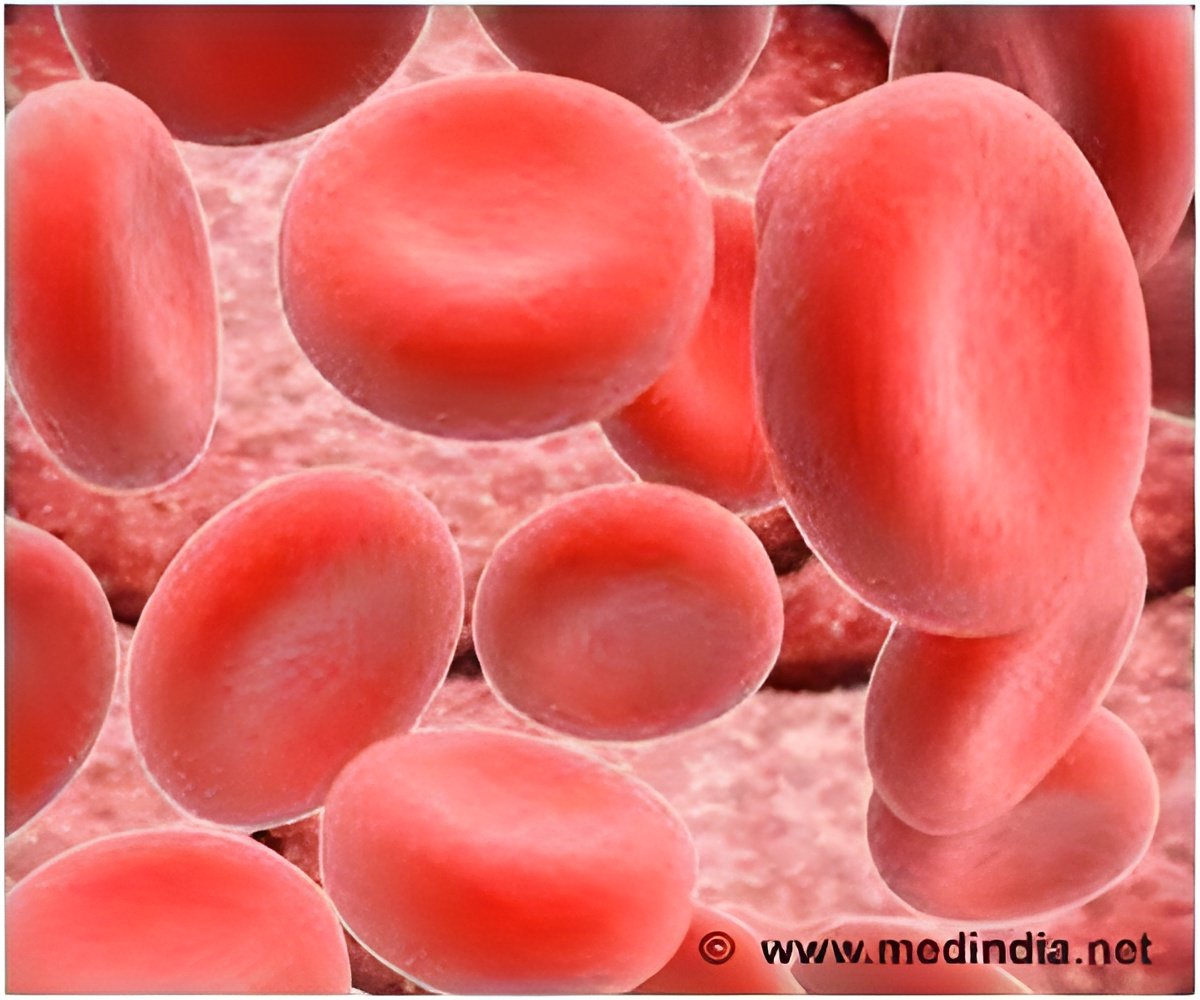
‘Immediate compression could help prevent complications after deep-vein thrombosis. ’
Tweet it Now
The largest study to track outcomes from compression therapy in the acute phase of DVT to date, this research examined if immediate compression therapy could prevent residual vein occlusion and post thrombotic syndrome. Residual vein occlusion -- when clots persist in veins with or without symptoms -- is thought to be a contributing factor in the development of post thrombotic syndrome, a collection of persistent and often debilitating symptoms that can greatly diminish a person's quality of life, including pain, swelling, and discoloration and scaling in the affected leg. Researchers prospectively studied nearly 600 DVT patients in the Netherlands who received compression therapy that began within 24 hours of diagnosis compared to patients that started compression therapy at a later point in time. Compression therapy was randomly administered using multilayered bandaging or compression hosiery until edema were reabsorbed, at which time all patients wore fitted compression stockings. In addition to compression, patients also received anticoagulants.
"We found little reason for those treating DVT not to use compression therapy as a prevention measure against future complications," said senior study author Arina J. ten Cate-Hoek of Maastricht University in the Netherlands.
Compression therapy was not associated with any adverse side effects. Patients with a blood clot lower in the leg appeared to benefit from compression to a greater extent than those with a blood clot higher in the leg, a result that is consistent with previous studies, according to researchers.
Patients with DVT are typically treated with clot-busting medications to dissolve the clot and blood thinners to prevent the formation of new ones.
Advertisement
According to Dr. ten Cate-Hoek, compression therapy is thought to improve blood flow by reducing the diameter of veins so that blood is pushed through them more forcefully, helping to clear clot material.
Advertisement
Source-Eurekalert









